St Leonards golf course spanned railway line
This article contains affiliate links. We may earn a small commission on items purchased through this article, but that does not affect our editorial judgement.
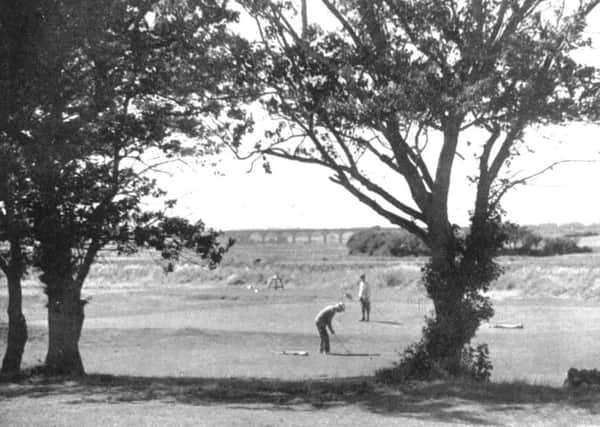

He writes. The Club dates back to the first year of the last century but nine holes of the original eighteen were abandoned during the first war and it was not until 1922 that the lost holes were replaced by nine holes on newly acquired territory to the west of the Southern Railway main line from London to Hastings.
The construction of the new part of the course was entrusted to the well-known architect, Mr F. G. Hawtree, who induced the Club, at the same time, to modernise and partially remodel the older portion.
Advertisement
Hide AdAdvertisement
Hide AdIn the result, there was a striking difference in character between the old nine, which form the first four and last five holes of the revised course, and the nine holes in the centre of the round.
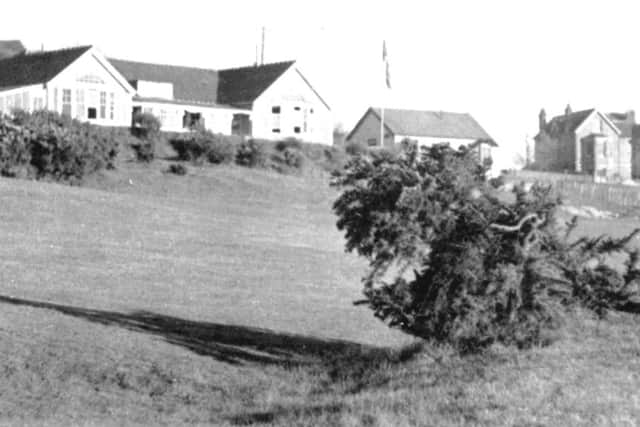

The former are laid out on a bold undulating country of bracken, gorse, and trees, while the latter lie for the most part in a stretch of flat marshland, where dykes and rushes take the place of the brook and gorse of the older portion. Some of the holes in this flatter country were exceedingly good, with close-knit peaty turf; but they suffered by comparison with the best of the holes on the Club-house side of the railway. Holes like the fourteenth and fifteenth would be a feature of any course, and were never likely to be forgotten by anyone who had played them. Illustrations were provide in the club’s production “St.Leonards Golf Club” by Robert H.K.Browning which was published on behalf of the club in 1938 by The Golf Clubs Association (G W May Ltd) of Caledonian Road, London N7. It was roughly A5 with 24 pages of text, photographs advertisements and maps contained within card covers. The St. Leonards course was somewhat unusual in that it straddled Harley Shute Road with the halves connected by crossing the road and railway via the roadbridge over the Southern Railway line from Hastings to London.
By the early 1960’s The Hastings Downs Golf Club on the East Hill had closed and the St Leonards club was facing a similar fate. Its lease was running out and it was offered to the Council at £27,000 which the Council thought too high and instead decided on compulsory purchase at agricultural land values.
A public enquiry was held in the Town Hall and the Inspector deemed that any compulsory purchase should be at building land values and the Council was then faced with a valuation of over £100,000 for the purchase and was consequently unwilling to proceed; instead the Council refused building permission for the land and of course this was overturned at appeal but the golf course was now doomed and, by the mid 1960’s the borough was without a golf course.
Advertisement
Hide AdAdvertisement
Hide AdEventually £350,000 was found to provide one at Beauport Park so that the Council could not even benefit from the rates because it was outside the borough boundary. Building on the St Leonards golf course soon followed and the area’s origins are remembered in the street names, ‘The Links’, ‘The Fairway’, ‘Gleneagles Drive’ and so on.
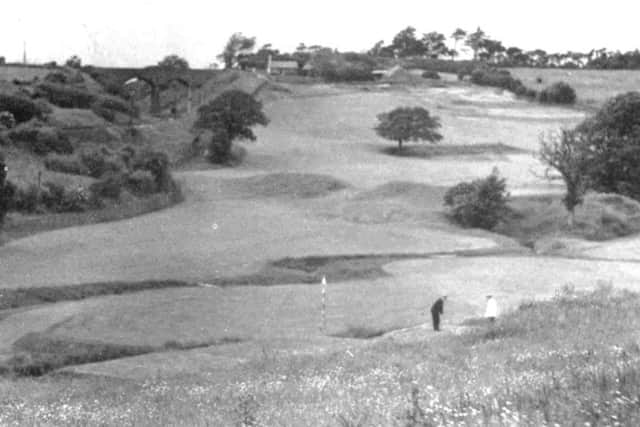

All illustrations throughout this series are from Ion Castro’s own collection and he can make available copies of many of the historic images used in this series. There’s more local history on Ion’s website, www.historichastings.co.uk
Captions, as used in the booklet.
Frontispiece.
The First, Showing the accessibility to Train, Trams and ‘Buses
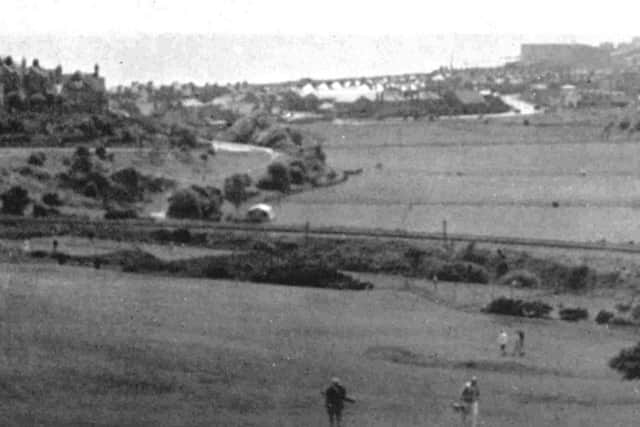

Looking down from the Club House, the caption is a little inaccurate since the last tram ran nearly ten years earlier in 1929, perhaps the reference was to trolleybuses, which lasted until 1959 but didn’t run up Filsham Road anyway. The railway can be seen running on an embankment through the centre of the picture.
Golf Club.
Advertisement
Hide AdAdvertisement
Hide AdThis illustration from the handbook’s title page shows houses in Filsham Road in the background.
The Club House.
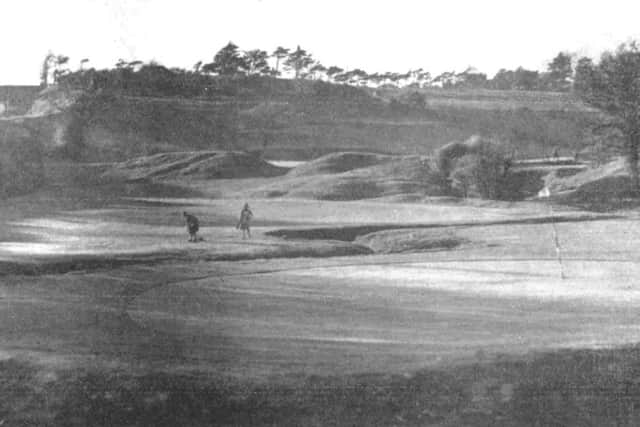

The clubhouse was situated on Filsham Valley Road with fine views across the valley down to the sea. It was demolished when the area was redeveloped but the house on the right, on Filsham Road, is still there.
St Leonards Golf Course, North Side and St Leonards Golf Course, South Side (2 pictures)
Details of the course
OUT. HOME.
No. of Hole No of Hole
Hole. Yards. Bogey. Hole. Yards. Bogey.
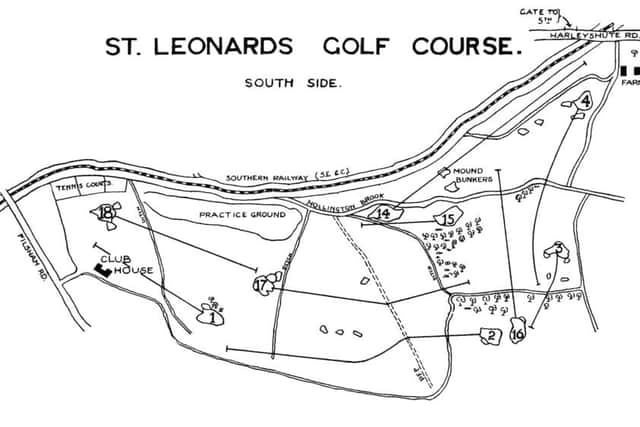

1 261 4 10 407 5
2 443 4 11 180 3
3 122 3 12 427 5
4 265 4 13 110 3
5 505 4 14 386 4
6 311 4 15 151 3
7 127 3 16 243 4
8 433 5 17 362 4
9 477 5 18 196 3
2944 37 2462 34
Total: 5406 yards. Standard Scratch Score: 71.
The Sixth Green.
We are told “The sixth hole, which is 311 yards long and dog-legged to the left. The tee is reached by a short walk through the Marsh Wood from the fifth green, and we have to carry the corner of the wood with our drive. Of course, the more of the corner we dare to cut off, the easier becomes the resulting chip-shot. It is a hole where we
Advertisement
Hide AdAdvertisement
Hide Adhave to think what we mean to do, for if we too pusillanimously take a line to the right, in order to steer clear of the wood, we will discover that a good long one will take us into various kinds of trouble lining the boundary of the course on this side”. The ‘Seventeen Arches’ carrying the Bexhill West to Crowhurst branch line over the marshes and Combe Haven stream can be seen between the trees. This magnificent railway viaduct was blown up in June 1969 and had been part of the line which opened in 1902, but was axed by Beeching in 1964
The Fourteenth Hole, one of the best in Sussex.
Robert H.K.Browning narrates “The fourteenth hole has been described as one of the finest holes in Sussex. In length and general character it bears an obvious resemblance to the first hole on the Old Course at St. Andrews. The St. Leonards hole measures 386 yards, but the extra twenty yards is pretty well balanced by the fact that the drive is from a pulpit tee high above the level of the green. The Hollington Brook flows past the near edge of the green in the very manner of the Swilcan, so that the second shot has to draw up quickly if it is to remain anywhere near the pin. But a more particular comparison is all in favour of the St. Leonards’ hole, which is far more colourful than its more famous prototype. At St.Andrews the tee-shot, as is perhaps appropriate to a first hole, is perfectly open, but in the fourteenth at St. Leonards there is no margin for wild hitting. As we stand on the pulpit tee the railway line curves off to the right below us, and if our drive is sliced it may finish up on the metals”. The railway bridge carrying Harley Shute Road can be seen in the upper centre of the picture.
Playing the Short Fifteenth.
The handbook reveals “The l51-yard fifteenth is another fine natural hole - a tight iron shot on to a plateau green on top of a miniature bluff. A straight shot that is too hard will only be penalised by coming to rest in the rough at the foot of the bank above the far edge of the green. But for every other form of error the punishment is dire. Trees on the right and the burn on the left await a shot that is badly out of line; while to be short, and trapped in the bunkers under the face of the plateau, is to taste the bitterness of death!”
The Fourteenth Green and Sixteenth Tee.
Harley Shute Road runs over the Southern Railway via the bridge on the top left where access to the northern side of the course is gained.
Advertisement
Hide AdAdvertisement
Hide AdDon’t miss out on all the latest breaking news where you live.
Here are four ways you can be sure you’ll be amongst the first to know what’s going on.
1 Make our website your homepage at www.hastingsobserver.co.uk
2 Like our Facebook page at www.facebook.com/hastingsobserver
3 Follow us on Twitter @HastingsObs
Advertisement
Hide AdAdvertisement
Hide Ad4 Register with us by clicking on ‘sign in’ (top right corner). You can then receive our daily newsletter AND add your point of view to stories that you read here.
And do share with your family and friends - so they don’t miss out!
The Hastings Observer - always the first with your local news.
Be part of it.